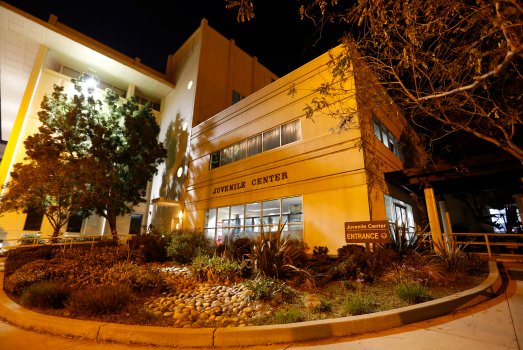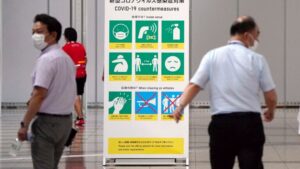As vaccinations have increased and COVID-19 infection rates have dropped, and with social restrictions ending, it is no surprise that we are all eager to get back to our normal lives. Gathering in person to celebrate special occasions as well as to mourn those we have lost cannot come soon enough.
But given what we have experienced over the past 14 months, what is normal? Surely our definition of “normal” has changed in many contexts: childcare, school, commuting, dining, watching movies and so much more. With respect to juvenile justice, we were presented with the need to temporarily modify detention practices to keep youth safe. However, based on what we have learned and after careful consideration, we believe these practices should not be considered temporary but should become a basis for a new and better normal.
When COVID-19 invaded Santa Clara County, it was all hands on deck. Our juvenile court, juvenile probation department, district attorney, public defender, alternate defender, independent defender, custody health, and local law enforcement agencies all agreed that in order to safeguard the health of our incarcerated youth, there would be a concerted effort to minimize the number of youth brought into custody, plus those currently incarcerated who no longer posed a risk of harm to the community should be released. The focus shifted to prioritizing and holding only the most serious and challenging cases that posed potential public safety concerns.
This practice began in mid-March 2020, and by mid-April the number of youth incarcerated in Juvenile Hall and the James Ranch dropped nearly 50%, from more than 150 youth to about 80. During the subsequent 14-month time frame, the number of juvenile arrests dropped by nearly 60%. By all accounts, it appears that juvenile crime did not increase. While other variables may be involved, we believe that this data suggests that many of the youth who were detained pre-COVID could have safely remained in the community, avoiding detention altogether.
The past 14 months have forced us to critically re-examine our prior practices and envision what a new (and better) normal in juvenile justice might look like. Several youth offenses are simply not worthy of a formal arrest or incarceration. Now we mostly see only the most serious cases in our courtrooms while other offenses are handled informally or by referrals to diversionary programs and other behavioral health and educational services.
Scholars and practitioners agree that juvenile incarceration is harmful to youth. Statewide, the shift in juvenile justice from a punitive model to a health and human services model is under way and is guided by science and data. Over the course of their lifetime, youth who have suffered incarceration frequently struggle to achieve educational, financial and social success. They are also more likely to have future encounters with law enforcement. The challenge in juvenile justice is to detain a young person only if truly necessary for public safety and for as brief a time as possible. And while in custody, every encounter should be based on restorative practices. We know our youth are resilient, and when provided with mentors and positive supports in the community they are more likely to thrive and less likely to recidivate. And when they succeed, we have succeeded.
The past 14 months has launched Santa Clara County on a juvenile justice trajectory to a new and better normal that will benefit us all and, most important, our future leaders: our youth.
Ron Hansen is chair of the Santa Clara County Juvenile Justice Commission. Dana Bunnett is executive director of Kids In Common. Nisreen B. Younis is the supervising attorney of the juvenile division of the Santa Clara County Public Defender’s Office.



















